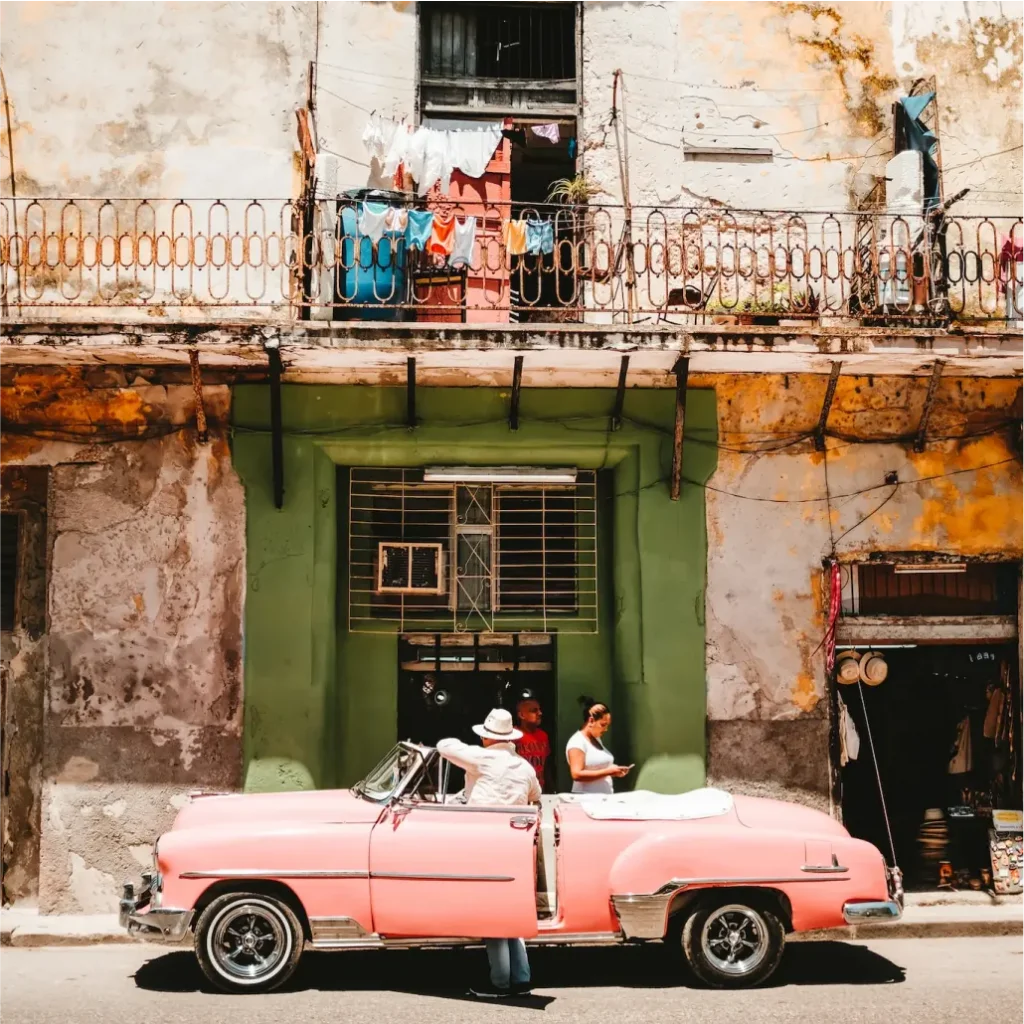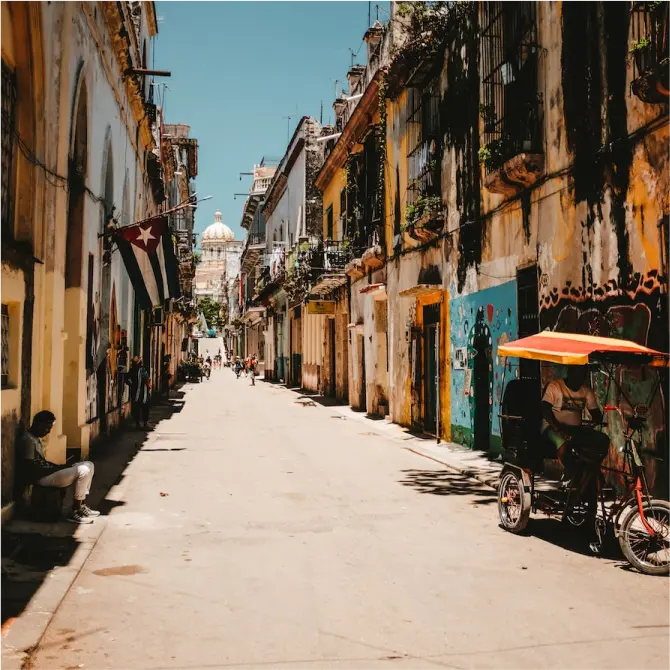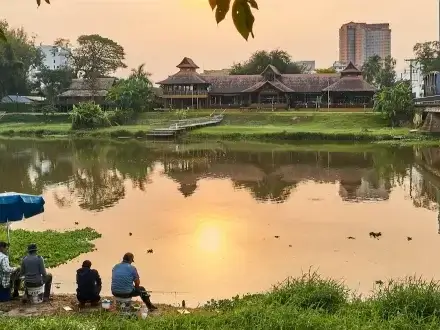Cuba is a Caribbean island nation known for its beautiful beaches, vibrant culture, and rich history. Located just south of the Florida Keys, Cuba is a popular destination for travelers looking to experience a unique blend of old-world charm and modern amenities. Whether you're interested in soaking up the sun on the beach, exploring the country's vibrant cities, or learning about its fascinating history and culture, there's something for everyone in Cuba.
One of the top things to do in Cuba is to visit its capital city, Havana. Known for its colorful architecture, lively music scene, and delicious cuisine, Havana is a must-visit for any traveler. Other popular destinations in Cuba include the beautiful beaches of Varadero, the colonial city of Trinidad, and the picturesque town of Cienfuegos.
When it comes to accommodations, Cuba has a wide range of options to choose from. You can stay in a luxury resort, a cozy bed and breakfast, or a traditional casa particular (private home) to get a more authentic experience of Cuban life.
Get cover now





